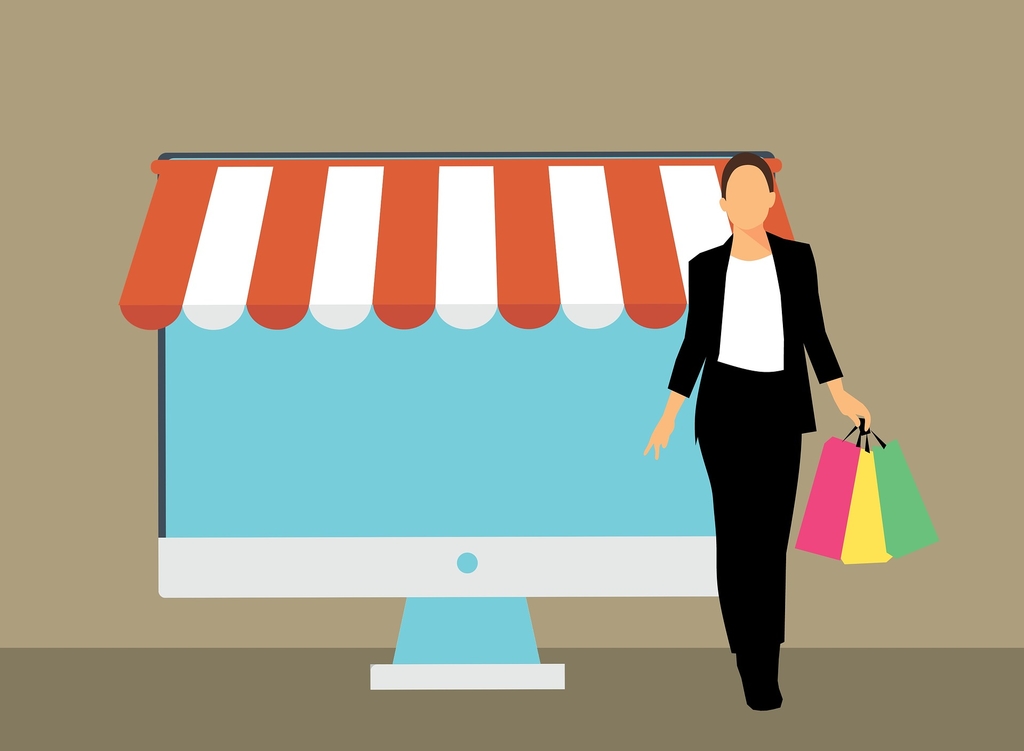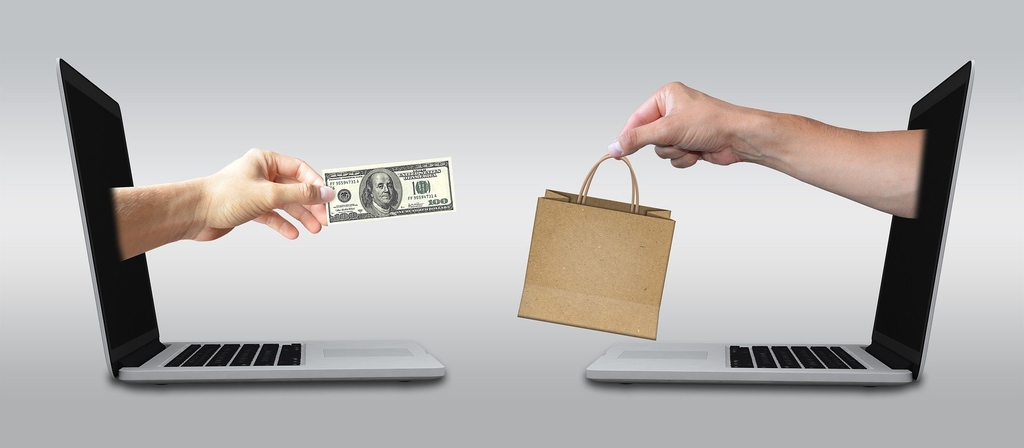The advancement of technology in retail has generated a number of positive impacts on the buying and selling experience. It generates benefits for managers and shopkeepers, as well as for customers.
It is difficult to keep up with the topic, however, because there are always new trends. The trends that were relevant last year can no longer be news this year. It is necessary to be attentive.
Another point to highlight is the importance of deeply understanding the innovation-retail relationship and understanding how the market has changed, according to the action of innovation technologies.
Follow the reading and better understand the importance of technology in retail, the changes brought about and trends for the coming years.
Learn how Master can help your company achieve Anatel certification!
What is the importance of technology in retail?
Technology across all sectors acts as an intermediary that defines new rules of the game. Those who adapt and import new tools get the upper hand, those who do not invest in adaptation become obsolete. It's the effect of the so-called digital transformation.
However, in addition to following this obligation, companies enjoy a number of beneficial points when investing in technology.
For example, new solutions are key to improving managers' decisions. Decisions that are already naturally complex, multifaceted, involve a number of variables and generate impacts in various departments.
Therefore, it is necessary to minimize errors and optimize these choices with the intelligent support of some tool.
Another point is the global management of all areas of the company. This also includes online retailing, or e-commerce. Having this clear view of all points is only easier when technology works as an active support.
Given this, it is important to talk about omnichannelness (or omnichannel), a strong trend that should remain relevant over the years.
It's about integrating online and offline to provide a unique, seamless and fluid customer experience. It means unifying multiple channels.
This concept therefore requires an effort to integrate systems and organize the application architecture.
Changes in the market with application of technology in retail
When technologies advance in some area, they generate broad and positive impacts that revolutionize that market. In retail, it's no different.
One of the points is the greater focus on the customer experience. This is the result of greater access to technologies that allow you to optimize the experience. From then on, this becomes a pattern to follow.
This is because, today, innovation tools make efforts revolve around the consumer, so as to speed up their life and reduce friction points.
Another effect of technology on the market is greater competitiveness. While technology sets the new competition rules, it becomes more accessible and helps put more competitors on the market.
Currently, it is easier for a new company to start in the online world, for example, and even challenge the results of large corporations.
Advantages of technology in retail

In this topic, we'll talk about the advantages of using technologies in retail.
Cost reduction
One of the main points is cost savings. Optimized retail with technological innovations is able to reduce expenses by eliminating unnecessary processes, failures, rework and procedural bottlenecks.
Overall, everything flows faster, with greater value generated for your customer.
Sustainability in the market
Staying strong in a competitive market is one of the privileges of those who apply new technologies well. It is possible to better plan your growth, identify opportunities and risks, as well as understand what needs to be done to stay healthy.
The company can look forward, with a predictive vision, in order to maximize its profits and strengthen its customer base.
Hyperpersonalization
One of the most relevant points of the world in retail is hyperpersonalization. This is a new stage of customization, in which you create unique messages, offers and recommendations for each customer at the right time.
That is, it's talking to exactly who needs to hear it. You have to offer what the customer needs. To do this, it is necessary to know each consumer well, manage and integrate the data about them and work on a customer-centric culture.
Process optimization
Overall, you get considerable improvements in internal processes. The time for each is reduced, as well as any problems that were usually common are avoided.
What are the technologies used in retail?
Now, let's get into the discussion about the relevant technologies in retail today.
1. Big Data
One of the most important technologies in retail is Big Data. Summarizes the set of semi-structured data, generated in real time, in high volume, at high speed and in various formats.
This data is the basis for analytics that generate powerful insights for decision making.
The point is that nowadays you can collect data about everything in retail, from products to the customer experience. Thus, decision-making is allowed that improves internal processes holistically.
2. ERP
For good control of retail operations in all areas, an integrated general system is essential. ERP is a crucial application to control processes on all fronts, such as inventory and finance. All of this is centralized for smart and easy management.
You can have the entire store control in the palm of your hand, with ERPs available on mobile devices. Thus, management includes all relevant aspects and manages to manage each part of the company with dashboards and indicators.
3. Internet of Things
IoT has been revolutionizing retail for years. Basically, it is a technology that involves communicating devices over the internet to enable constant monitoring and data collection.
In retail, there is a specific application that involves locating users. In this way, it is possible to know when a customer is in the physical store and make a connection with their smartphone, through communication between the smartphone, tracking systems and the store systems.
4. Payment systems
We could not fail to mention the revolution of means of payment. Today, with innovations in retail, it has become feasible to provide more means of payment to diversify the customer experience and enable greater chances of a successful transaction.
To offer these means, there are several systems running from behind, with a technological structure that focuses on safety and visibility.
Innovation and technology trends for retail

When we point to the future, we can think of some interesting trends and innovations for retail in the coming years and decades to come.
One of them is self-service. It involves both a customer being able to connect to systems and buy in a store without employee assistance, and a customer to buy more easily from the ominicanality.
Another important trend is virtual reality (and augmented reality). With them, the customer can access the products of a stock directly from their home, from a realistic simulation.
Understand everything about Anatel certification and learn how to get yours!
Conclusion
The impact of technology on retail is enormous. We see several examples of technologies breaking bottlenecks, speeding up routines and providing unforgettable experiences to customers.
For management, innovations also allow better control and greater visibility.
